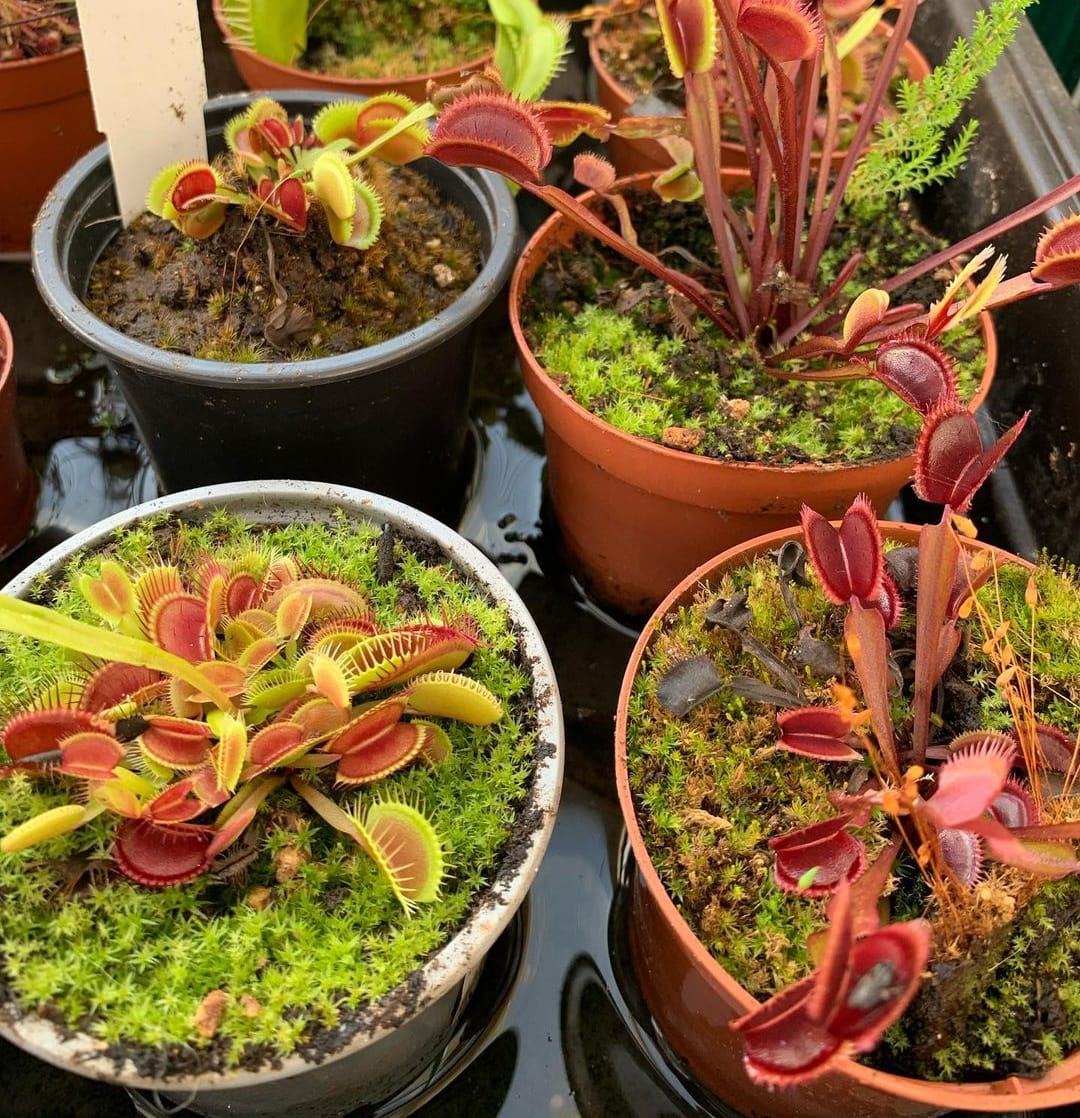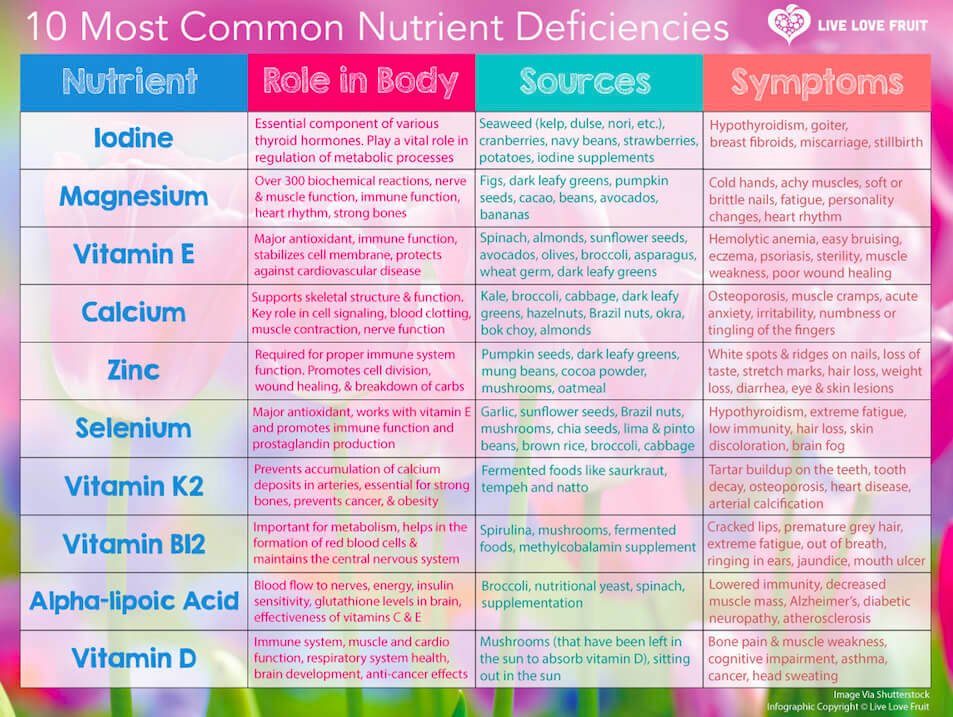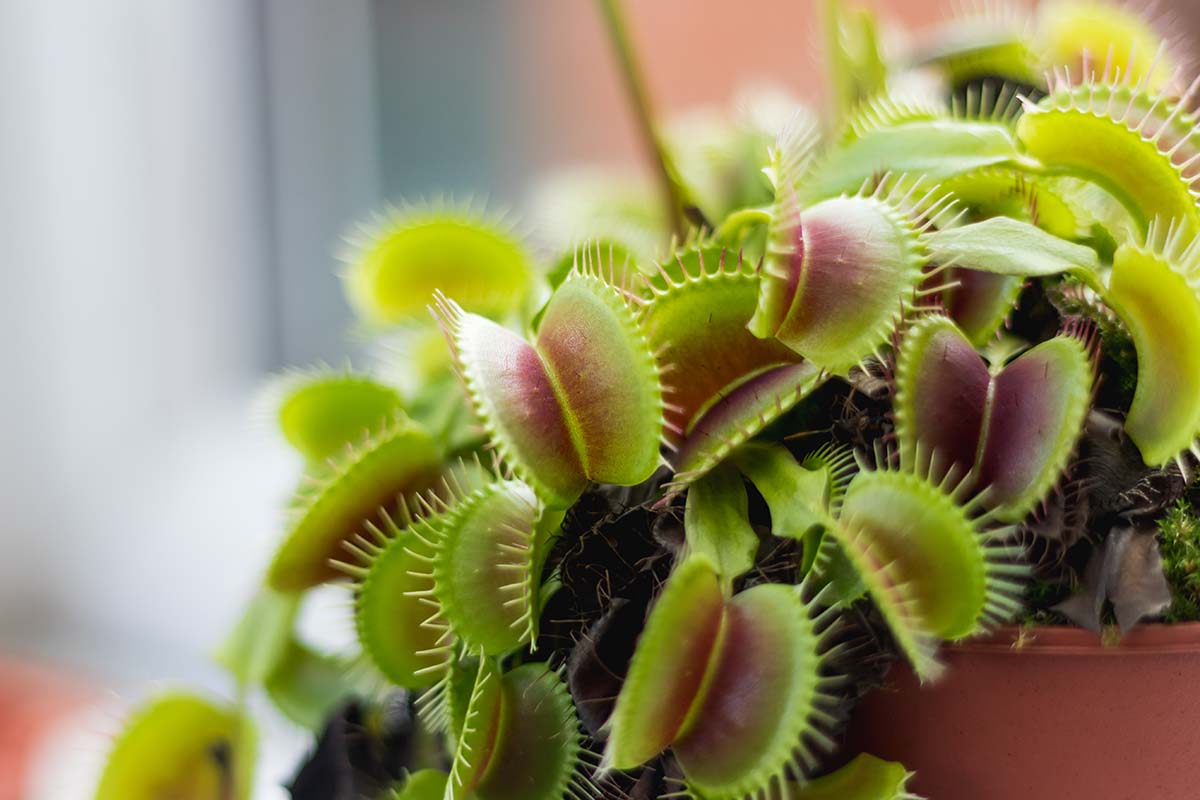What Makes a Venus Flytrap Thrive?
To determine if a Venus flytrap is healthy, it’s essential to understand the basic needs of this carnivorous plant. A Venus flytrap requires a combination of adequate lighting, watering, and nutrient-rich soil to thrive. When these factors are met, the plant can grow and develop properly, increasing its chances of capturing prey and maintaining its overall health.
Lighting is a critical component of a Venus flytrap’s environment. These plants require bright, indirect light to undergo photosynthesis and produce the energy needed to power their traps. Placing a Venus flytrap near an east- or west-facing window or under grow lights can provide the necessary light for optimal growth.
Watering is another crucial aspect of Venus flytrap care. These plants require pure, distilled water to prevent mineral buildup in the soil. Tap water can contain high levels of minerals, which can harm the plant over time. Using a water purification system or collecting rainwater can help ensure the water is mineral-free.
In addition to proper lighting and watering, a Venus flytrap requires nutrient-rich soil to thrive. A well-balanced fertilizer specifically designed for carnivorous plants can provide the necessary nutrients for healthy growth. However, it’s essential to avoid over-fertilizing, as this can damage the plant’s roots and lead to decline.
By understanding and meeting these basic needs, you can help your Venus flytrap thrive and increase its chances of capturing prey. A healthy Venus flytrap is better equipped to respond to its environment and adapt to changes, making it more likely to survive and flourish in the long term.
When evaluating the health of your Venus flytrap, look for signs of stress or disease, such as discoloration, wilting, or black spots. These can be indicative of underlying issues, such as inadequate lighting, over-watering, or nutrient deficiencies. By addressing these issues promptly, you can help your Venus flytrap recover and maintain its overall health.
By following these guidelines and providing your Venus flytrap with the necessary care and attention, you can help it thrive and enjoy the unique benefits of owning a carnivorous plant. Remember, a healthy Venus flytrap is a happy Venus flytrap, and with proper care, it can continue to fascinate and delight you for years to come.
Visual Cues: Inspecting Your Venus Flytrap’s Appearance
A healthy Venus flytrap typically has a vibrant green color, with modified leaves that form a trap-like structure. The leaves should be firm and erect, with trigger hairs that are sensitive to movement. When inspecting your Venus flytrap’s appearance, look for signs of stress or disease, such as discoloration, wilting, or black spots.
Discoloration can be a sign of nutrient deficiency, over-watering, or exposure to extreme temperatures. If the leaves are turning yellow or brown, it may be a sign that the plant is not receiving enough nutrients. Wilting can be a sign of under-watering or root rot, while black spots can be a sign of fungal infection.
When evaluating the shape and size of your Venus flytrap, look for leaves that are symmetrical and evenly spaced. A healthy Venus flytrap should have leaves that are around 2-3 inches in length, with a trap-like structure that is around 1-2 inches in diameter.
In addition to inspecting the leaves, also examine the plant’s roots and rhizome. A healthy Venus flytrap should have a robust rhizome with many roots, which should be white or light-colored. If the roots are brown or black, it may be a sign of root rot.
By inspecting your Venus flytrap’s appearance regularly, you can identify potential issues early on and take corrective action to prevent further damage. This is an essential part of learning how to tell if a Venus flytrap is healthy and thriving.
Regular inspections can also help you identify signs of pests or diseases, such as spider mites, mealybugs, or scale. These pests can cause damage to the plant’s leaves and roots, and can even transmit diseases.
By being aware of the visual cues that indicate a healthy Venus flytrap, you can take steps to create an optimal environment for your plant and ensure its long-term health and well-being.
Leaf Movement and Trap Functionality
Leaf movement and trap functionality are essential components of a healthy Venus flytrap. The leaves of a Venus flytrap are modified to form a trap-like structure that can capture prey, and the trigger hairs on the leaves are sensitive to movement. When an insect lands on the leaf and touches two or more trigger hairs, the leaf snaps shut, trapping the insect inside.
To test the leaf movement and trap functionality of your Venus flytrap, gently touch the trigger hairs on the leaf with a small object, such as a toothpick or a small stick. If the leaf snaps shut quickly and firmly, it is a sign that the plant is healthy and functioning properly.
Observe the plant’s ability to capture prey by placing a small insect, such as a fly or a spider, on the leaf. If the leaf snaps shut and traps the insect, it is a sign that the plant is healthy and able to capture prey.
Leaf movement and trap functionality are critical components of a Venus flytrap’s ability to obtain nutrients. When the plant is able to capture prey, it is able to obtain the nutrients it needs to grow and thrive. If the leaf movement and trap functionality are impaired, the plant may not be able to obtain the nutrients it needs, which can lead to decline and death.
By testing the leaf movement and trap functionality of your Venus flytrap, you can determine if the plant is healthy and functioning properly. This is an important part of learning how to tell if a Venus flytrap is healthy and thriving.
Regularly testing the leaf movement and trap functionality of your Venus flytrap can also help you identify potential issues early on. If the leaf movement and trap functionality are impaired, it may be a sign of an underlying issue, such as nutrient deficiency or pest infestation.
By addressing these issues promptly, you can help your Venus flytrap recover and maintain its overall health and well-being.
Root Health: The Unsung Hero of Venus Flytrap Care
Root health is a critical component of a Venus flytrap’s overall well-being. The roots of a Venus flytrap are responsible for absorbing nutrients and water from the soil, and they play a crucial role in the plant’s ability to thrive. However, the roots of a Venus flytrap are often overlooked, and root health can be a major contributor to decline and death.
To inspect the roots of your Venus flytrap, gently remove the plant from its pot and examine the roots. Healthy roots should be white or light-colored, and they should be firm and fibrous. If the roots are brown or black, it may be a sign of root rot or other issues.
Root rot is a common problem in Venus flytraps, and it can be caused by over-watering, poor soil quality, or other factors. If you suspect that your Venus flytrap has root rot, you should take action immediately to prevent further damage. This may involve repotting the plant in fresh soil, reducing watering, and providing good air circulation.
In addition to inspecting the roots, you should also monitor the plant’s overall health and adjust its care accordingly. If the plant is not receiving enough nutrients, it may be a sign that the roots are not functioning properly. In this case, you may need to adjust the plant’s fertilization schedule or provide additional nutrients.
By prioritizing root health, you can help your Venus flytrap thrive and maintain its overall health and well-being. This is an important part of learning how to tell if a Venus flytrap is healthy and thriving.
Regularly inspecting the roots of your Venus flytrap can also help you identify potential issues early on. If you catch root problems early, you can take action to prevent further damage and ensure the long-term health of your plant.
By taking a proactive approach to root health, you can help your Venus flytrap thrive and enjoy the unique benefits of owning a carnivorous plant.
Pest Control: Common Pests that Can Harm Your Venus Flytrap
Common pests that can harm a Venus flytrap include spider mites, mealybugs, and scale. These pests can cause damage to the plant’s leaves and roots, and can even transmit diseases. To inspect for these pests, gently examine the leaves and stems of your Venus flytrap, looking for signs of infestation such as white powdery patches, sticky substance, or actual pests.
Spider mites are tiny, spider-like pests that can cause yellowing or bronzing of the leaves. They can be controlled by gently spraying the plant with water or using insecticidal soap. Mealybugs are small, white, cottony pests that can cause stunted growth and yellowing of the leaves. They can be controlled by gently removing them with a cotton swab or using insecticidal soap.
Scale is a type of pest that can cause stunted growth and yellowing of the leaves. It can be controlled by gently removing it with a cotton swab or using insecticidal soap. To prevent pest infestations, make sure to provide your Venus flytrap with good air circulation, keep the soil moist but not waterlogged, and avoid over-fertilizing.
Regularly inspecting your Venus flytrap for pests can help you identify potential issues early on. If you catch pest infestations early, you can take action to prevent further damage and ensure the long-term health of your plant.
By taking a proactive approach to pest control, you can help your Venus flytrap thrive and maintain its overall health and well-being. This is an important part of learning how to tell if a Venus flytrap is healthy and thriving.
Remember, a healthy Venus flytrap is better equipped to defend itself against pests and diseases. By providing your plant with the right environment and care, you can help it stay healthy and strong.
Nutrient Deficiencies: How to Identify and Address Them
Nutrient deficiencies can be a major issue for Venus flytraps, and can cause a range of problems including stunted growth, yellowing leaves, and reduced trap functionality. To identify nutrient deficiencies in your Venus flytrap, look for signs such as yellowing or browning leaves, stunted growth, or reduced trap functionality.
Nitrogen deficiency is a common issue for Venus flytraps, and can cause yellowing or browning leaves. To address nitrogen deficiency, you can use a balanced fertilizer that contains nitrogen, phosphorus, and potassium. Iron deficiency can also cause yellowing or browning leaves, and can be addressed by using an iron-rich fertilizer.
Magnesium deficiency can cause stunted growth and reduced trap functionality, and can be addressed by using a magnesium-rich fertilizer. To prevent nutrient deficiencies, make sure to fertilize your Venus flytrap regularly, and provide it with a balanced diet that includes all the necessary nutrients.
It’s also important to note that over-fertilization can be just as damaging as under-fertilization, so make sure to follow the instructions on the fertilizer package carefully. By providing your Venus flytrap with the right nutrients, you can help it thrive and maintain its overall health and well-being.
Regularly inspecting your Venus flytrap for signs of nutrient deficiency can help you identify potential issues early on. If you catch nutrient deficiencies early, you can take action to prevent further damage and ensure the long-term health of your plant.
By taking a proactive approach to nutrient deficiencies, you can help your Venus flytrap thrive and maintain its overall health and well-being. This is an important part of learning how to tell if a Venus flytrap is healthy and thriving.
Remember, a healthy Venus flytrap is better equipped to defend itself against pests and diseases. By providing your plant with the right nutrients, you can help it stay healthy and strong.
Environmental Factors: How Temperature, Humidity, and Light Affect Your Venus Flytrap
Environmental factors such as temperature, humidity, and light can have a significant impact on the health of your Venus flytrap. To create an optimal environment for your plant, it’s essential to understand how these factors affect its growth and well-being.
Temperature is a critical factor in the health of your Venus flytrap. The ideal temperature range for Venus flytraps is between 65-85°F (18-29°C), with a slight drop in temperature at night. Avoid placing your Venus flytrap near heating or cooling vents, fireplaces, or drafty windows, as this can cause temperature fluctuations that can harm the plant.
Humidity is also essential for the health of your Venus flytrap. The ideal humidity range for Venus flytraps is between 40-60%. To maintain the right humidity level, you can place the plant on a tray filled with water and pebbles or use a humidifier nearby.
Light is another critical factor in the health of your Venus flytrap. Venus flytraps require bright, indirect light to photosynthesize and thrive. Avoid placing your Venus flytrap in direct sunlight, as this can cause the leaves to become scorched and the plant to become stressed.
By providing your Venus flytrap with the right temperature, humidity, and light conditions, you can help it thrive and maintain its overall health and well-being. This is an important part of learning how to tell if a Venus flytrap is healthy and thriving.
Regularly monitoring the environmental conditions of your Venus flytrap can help you identify potential issues early on. If you notice any changes in the plant’s appearance or behavior, adjust the environmental conditions accordingly to prevent further damage.
By taking a proactive approach to environmental factors, you can help your Venus flytrap thrive and maintain its overall health and well-being.
Common Mistakes to Avoid: Tips for Long-Term Venus Flytrap Care
When caring for a Venus flytrap, it’s essential to avoid common mistakes that can harm the plant’s health and well-being. Over-watering, under-feeding, and neglecting to provide adequate light are some of the most common mistakes that can lead to decline and death.
Over-watering is a common mistake that can cause root rot and other issues. To avoid over-watering, make sure to water your Venus flytrap sparingly, allowing the soil to dry out slightly between waterings. Under-feeding is another common mistake that can cause nutrient deficiencies and stunted growth. To avoid under-feeding, make sure to fertilize your Venus flytrap regularly, using a balanced fertilizer that contains all the necessary nutrients.
Neglecting to provide adequate light is another common mistake that can cause stunted growth and reduced trap functionality. To avoid this mistake, make sure to provide your Venus flytrap with bright, indirect light, such as east- or west-facing windows or grow lights.
By avoiding these common mistakes, you can help your Venus flytrap thrive and maintain its overall health and well-being. This is an important part of learning how to tell if a Venus flytrap is healthy and thriving.
Regularly monitoring your Venus flytrap’s health and adjusting its care accordingly can help you identify potential issues early on. If you notice any changes in the plant’s appearance or behavior, adjust its care accordingly to prevent further damage.
By taking a proactive approach to Venus flytrap care, you can help your plant thrive and maintain its overall health and well-being. Remember, a healthy Venus flytrap is better equipped to defend itself against pests and diseases, and can provide you with years of enjoyment and fascination.







